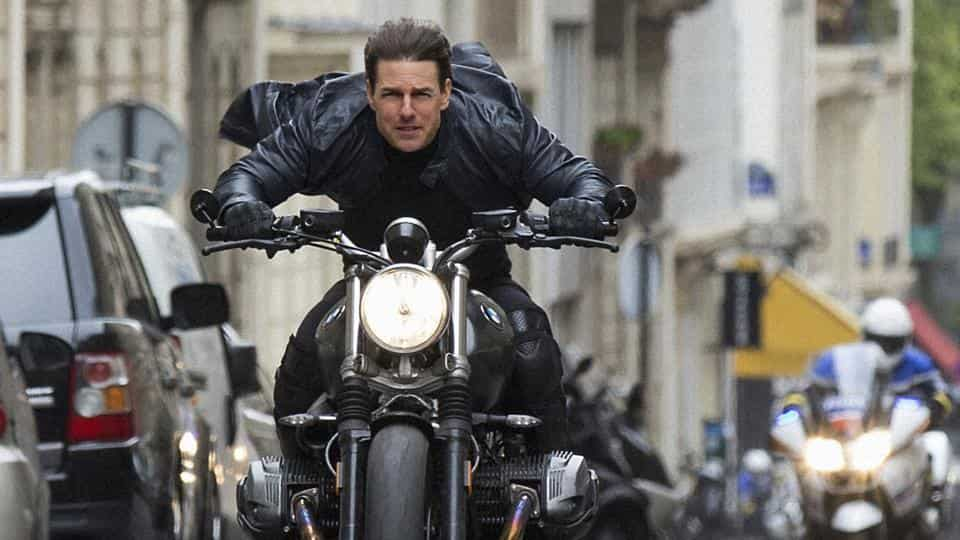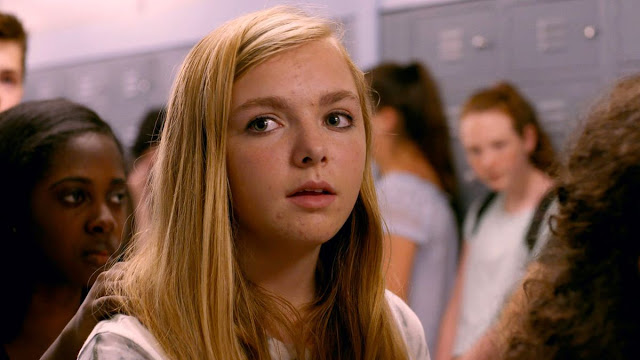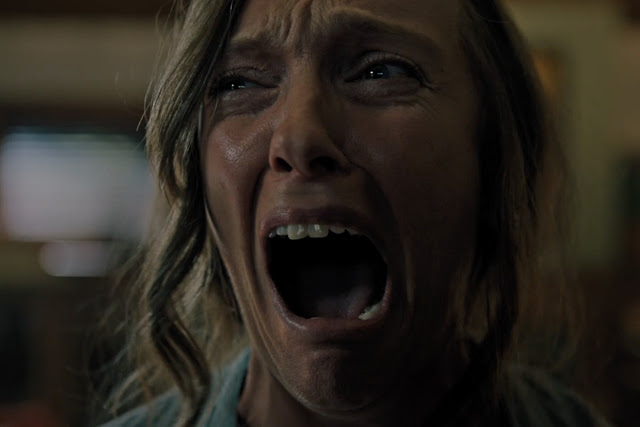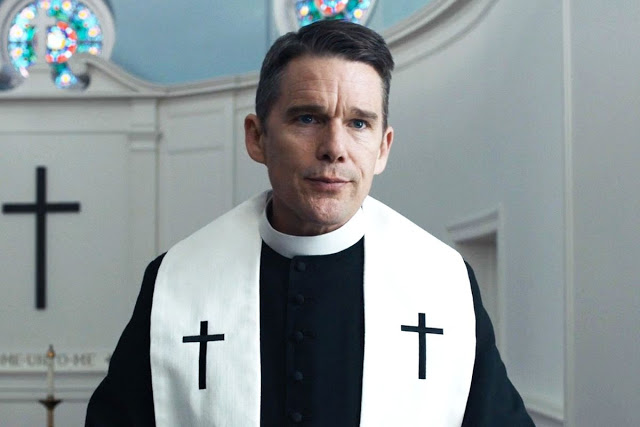Climax: Trip Like Nobody’s Watching
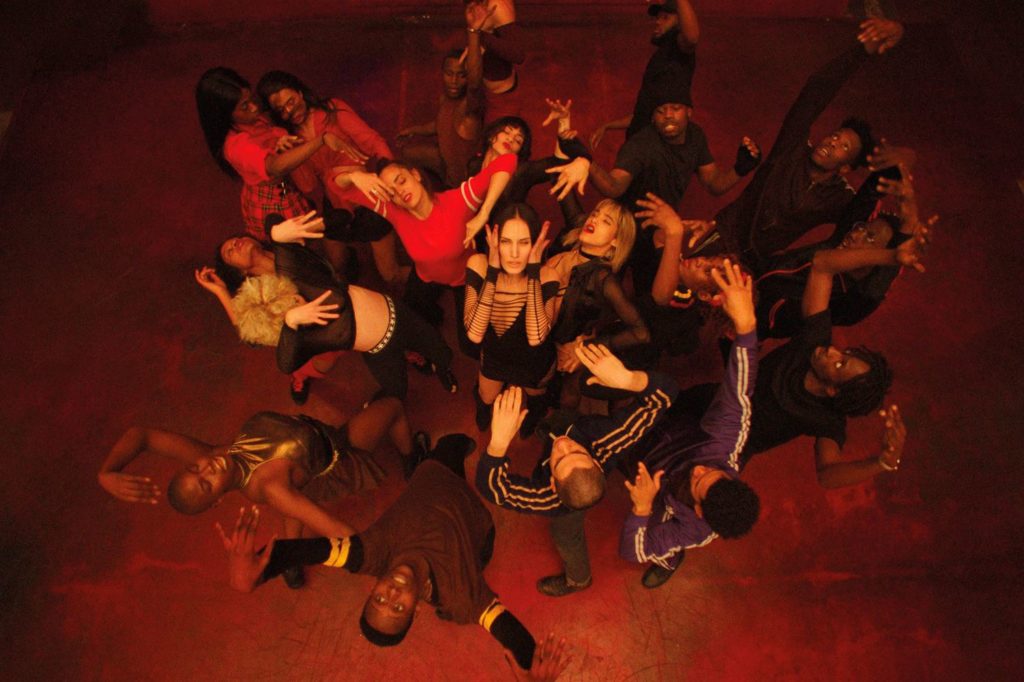
Some movies climb the walls, but in Climax, the walls blur into the ceiling and the floor. In this ambitious and enervating whatsit from the French-Argentine provocateur Gaspar Noé, the camera floats and swirls and glides, taking delirious flight through the air as bodies writhe before it in blissed-out ecstasy and unhinged agony. At one point, it becomes unclear whether the characters are vertical or horizontal, and they’re surely tripping too hard to tell the difference. It’s a dazzling visual achievement, which makes it all the more frustrating that Climax is, well, a Gaspar Noé film, which means that its technical audacity is marshaled in the service of cardboard characters, repugnant themes, and a story that is by turns skeletal and grotesque. Few directors have labored so much, and with such evident skill, to produce art that means so little.
Following the relentless banality of Love, a 135-minute borefest whose notion of boldness was to slather a dozen explicit sex scenes on top of its monotonous chronicle of a doomed relationship, Climax finds Noé returning to the lurid violence and operatic camerawork of his prior two features, Irreversible and Enter the Void. That’s for the best; despite its surfeit of stimulated genitals and spurting fluids, Love found Noé out of his element, straining to tell a character-driven story with a minimum of visual embellishment. (Well, relative minimum; as with Enter the Void, Love featured a POV shot of a penis ejaculating inside a vagina.) He’s far more comfortable trafficking in ornate brutality, which he likes to turn arty with pounding music and sweeping long takes. Working again with his regular cinematographer, Benoît Debie, Noé takes the ostensibly flat setting of Climax—an abandoned high school in France—and, with unflinching verve, transforms it into a hellish landscape of quaking terror, the Parisian equivalent of the Overlook Hotel. Read More

